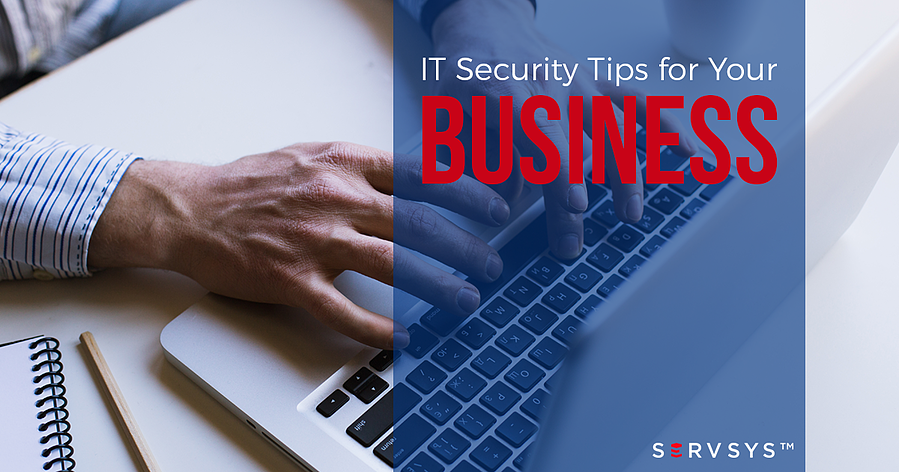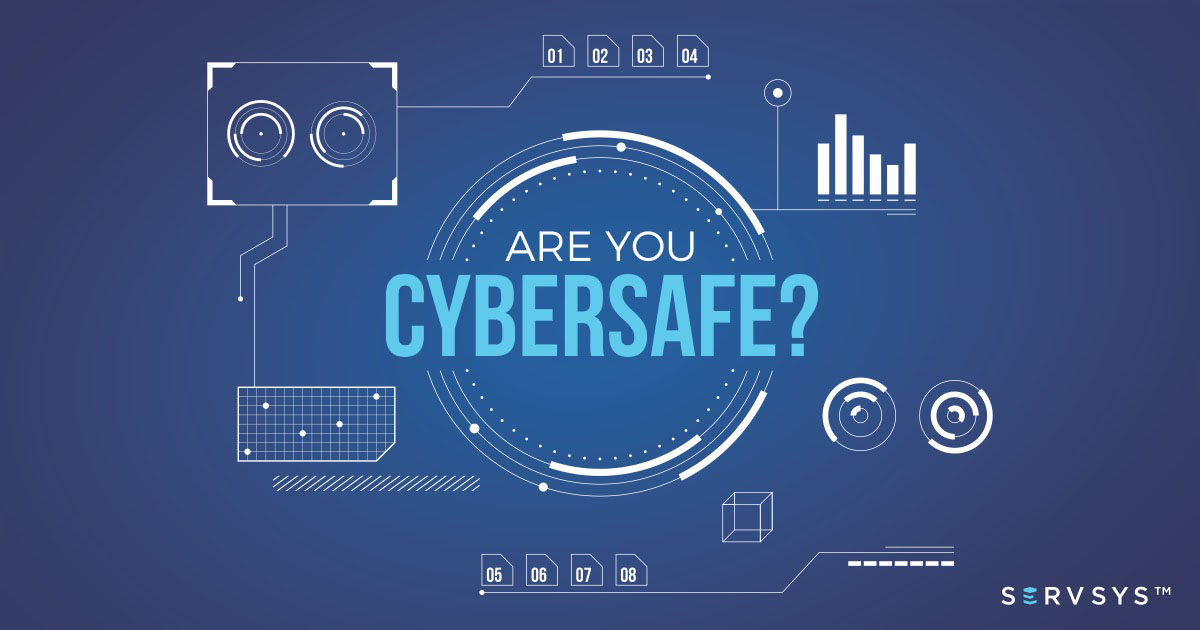How to Stay Safe from Cyber Attacks in 2018
2020-03-11 10:36
In 2017, even large Fortune 500 enterprises weren't safe from cyber attacks, but they also weren’t the only target. The 2017 Internet Security Threat Report (ISTR) states that “43% of cyber attacks against businesses worldwide target small companies.” However, only 14% of small businesses rate their ability to mitigate cyber risks, vulnerabilities, and attacks as highly effective. This lack of planning for risk mitigation explains why about 60% of small companies go out of business within six months of a cyber attack.

With the risk and severity of cybercrime only increasing in 2018, organizations worldwide are looking at cybersecurity measures as a critical priority. So let’s take a look at some of the best ways to help your business steer clear of cybercrime in 2018.
Stay informed
To sucessfully protect your business from cyber attacks, you first need to have a holistic understanding of the internal and external security vulnerabilities in your business. Ensure that you and your staff stay educated on current and future security threats and preventive measures. Set up training sessions and written policies for passwords and handling of sensitive company information. These are some ways that can help reinforce behaviors to mitigate the ever-changing risk of cyber attacks.
Encrypt data
Simply having a password screen on boot up is just not enough to protect your device from hackers looking to steal sensitive information. Sensitive information, such as bank routing digits and employee social security numbers, is often left lying around on devices without adequate protection. Such important information should always be encrypted. You can keep your information safe by simply switching on full-disk encryption tools, which usually come standard with most operating systems. These tools will encrypt every file on your device without slowing it down.
Update software regularly
Ignoring simple security measures is one of the main reasons for back-to-back global ransomware attacks in 2017. Take for example the massive WannaCry ransomware attack in May 2017 that encrypted data from an estimated 300,000 computers all over the world. This attack actually exploited a vulnerability for which Microsoft had provided a patch via a software update months earlier – the problem was that many users hadn't updated their systems. Often, it is failure to update simple applications such as Flash and Java that leaves systems most vulnerable to attack. The bottom line is this: to keep your data safe, keep your software updated.
Use a password management service
You won’t believe how incredibly weak and easy to guess passwords can be. To add to this, hackers have access to programs that can even crack complex strings of letters and numbers. You can keep all your logins safe by using a password storage software, which automatically generates longer, more complicated passwords. The best part is that the user only needs to remember one set of credentials and not long, complex passwords. Sensitive business account details, such as website logins, email, CRM platforms, and cloud-based storage services, can thus be kept safe without having employees remember long complex passwords.
These tips are surely not exhaustive and cannot guarantee 100% security against cyber attacks. However, following these steps will help you cover up potential vulnerabilities that may otherwise be used against you. This is analogous to, say, locking your door – It may not prevent a break in, but you are also not leaving yourself completely open to attack.



















There are many variations of passages of Lorem Ipsum available, but the majority have suffered alteration in some form, by injected humour, or randomised words which don't look even slightly believable.
There are many variations of passages of Lorem Ipsum available, but the majority have suffered alteration in some form, by injected humour, or randomised words which don't look even slightly believable.
P. Babu Ravi Kumar
CEO
Aurora e Labs